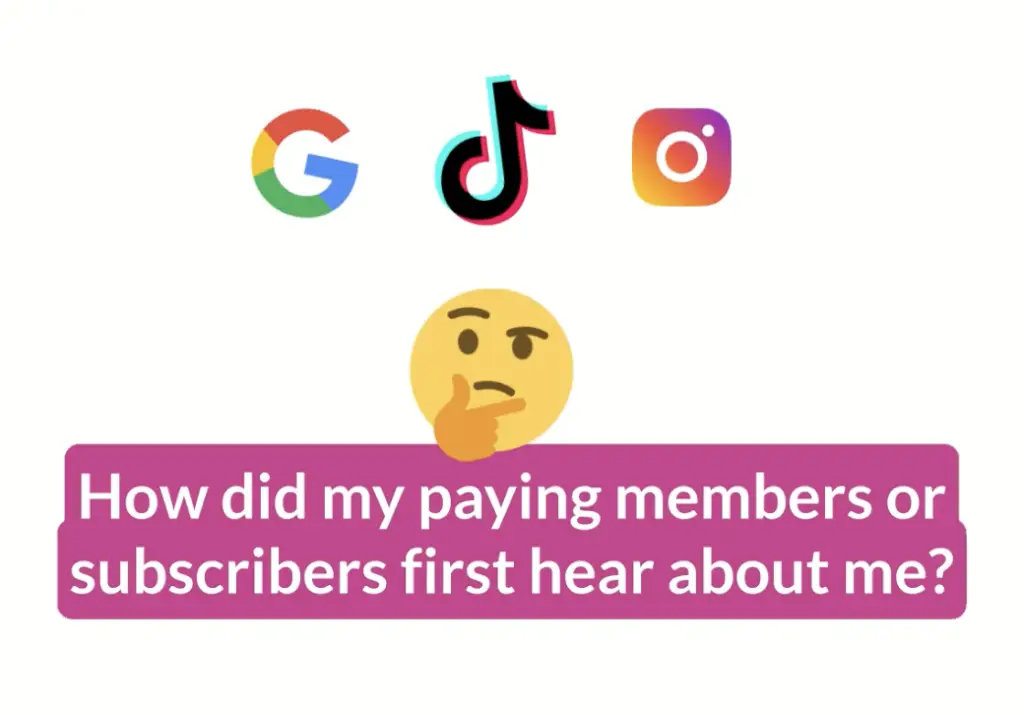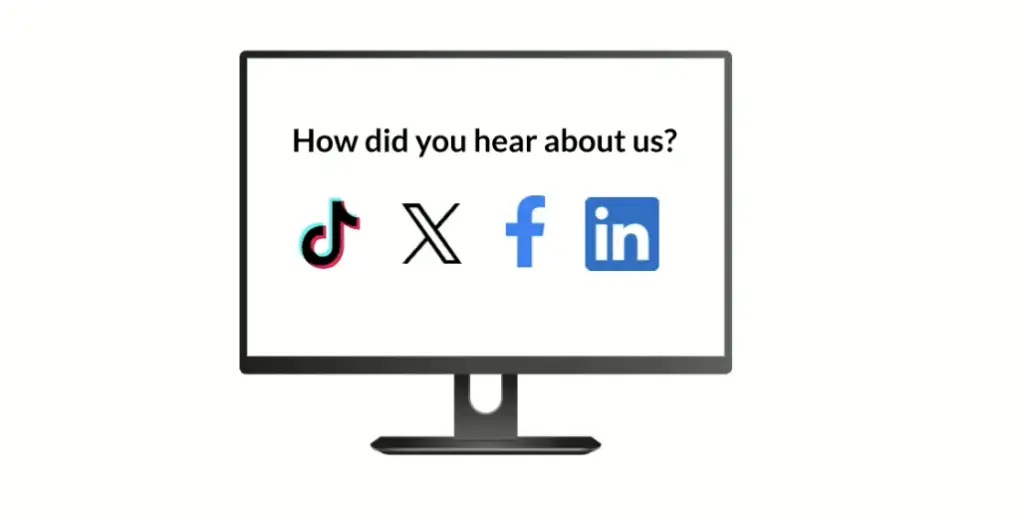Marvin Russell
One of the biggest challenges for membership site owners and SaaS companies is understanding where your paying customers come from. This is called revenue attribution. While tracking your website traffic is relatively easy, things can get tricky when that traffic converts into paying customers. You might not know whether they originally found you through Google, TikTok, or another platform. Today, we’ll walk through how you can solve this problem and set up revenue attribution for your website.
Table of Contents
Why Aren’t Analytics Tools Enough?
First, let’s talk about why tools like Google Analytics don’t always solve this problem. There are two main reasons:
Data privacy laws: Tools are becoming less effective at tracking user behavior accurately because of these laws. You’ve probably noticed all the “Accept Cookies” buttons on websites. When users opt out, their traffic often appears as “direct,” meaning you can’t tell where they came from.
Limited tracking abilities: Most third-party tools like Google Analytics struggle to connect traffic sources with actions taken after someone signs in. For example, if a visitor starts a free trial and later becomes a paying customer, these tools can’t always track which marketing source led to that conversion.
As a result, you might know where your website traffic comes from, but you have no clue which sources actually drive paying customers. Without that, it’s hard to know where to focus your marketing efforts.

Steps to Set Up Revenue Attribution
So, what’s the solution? Don’t worry, setting up revenue attribution is easier than you might think. Here are the steps to make it happen.
Step 1: Ask “How Did You Hear About Us?”
First, you need to add a mandatory “How did you hear about us?” question for all new sign-ups. This is critical for gathering direct feedback from your customers. Make sure the question includes all your marketing channels, like TikTok, Instagram, or Google. This gives you an immediate sense of where your paying customers first discovered you.

Step 2: Use a User Behavior Tool
Next, you’ll want to connect that feedback to a user behavior tool like Mixpanel or Amplitude. These tools assign a unique user ID to each new customer and track their actions throughout their journey on your site. By doing this, you can tie their feedback (from Step 1) to specific actions, like signing up for a membership or making a payment.
This is where it gets powerful. Once you track key events like payments, you can see exactly how much revenue came from each marketing source. Over time, you’ll understand which platforms bring in the most paying customers, allowing you to invest your marketing budget where it will make the most impact.
Benefits of Revenue Attribution
Setting up revenue attribution comes with several key benefits:
- Better marketing decisions: You’ll know where to allocate your marketing dollars and efforts.
- Improved ROI: By focusing on platforms that bring in actual paying customers, you’ll get a higher return on investment.
- Customer insights: Understand your customer journey better and optimize it based on real data.
Common Tools for Revenue Attribution
Here are some tools that can help you track revenue attribution effectively:
- Mixpanel: Great for tracking customer actions and tying them to revenue.
- Amplitude: Offers a robust platform for tracking user journeys and behavior.
- Google Analytics: While limited in some aspects, it’s still useful for tracking traffic and some conversion data.
Using these tools in combination can give you a clearer picture of what’s working for your business.
Final Thoughts
Revenue attribution is the key to understanding where your paying customers come from and how to allocate your marketing efforts. By setting up simple tools like a “How did you hear about us?” form and connecting it with user behavior tracking software, you’ll be able to see the full picture of your marketing performance.
This simple setup can make a huge difference in helping you grow your business, improve your return on investment, and make smarter decisions. If you’re not tracking revenue attribution yet, now is the perfect time to start!
Launch a membership site!
The easiest way to accept membership payments or one-time charges for digital products like podcasts, online courses, communities, content libraries, and more — all from your own website!
Get started for free! 5 minutes to set up.




